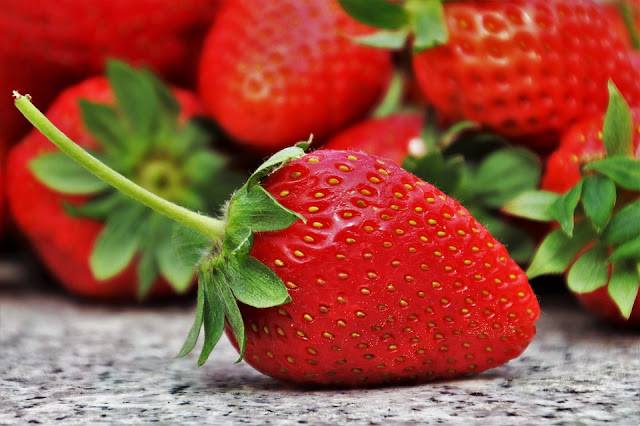In
honor of the Strawberry Moon that will shine brightly in the sky this June the
Institute for American Indian Studies on 38 Curtis Road in Washington
Connecticut is holding a Strawberry Moon Festival on June 15 from 12 noon to 4
pm.
Early Native Americans didn’t track time by using the Julian or
Gregorian calendar. For millennia, many Native American communities kept track
of time by observing the change of seasons by following the lunar full moon
cycle. American Indians named each full moon cycle after activities or events
that they associated with that time of year that reflected the season. Colonial
Americans adopted some of the Native American full moon names and applied them
to their own calendars. These descriptive names are still in use today.
The Algonquin’s of Connecticut named June's full moon the
"Strawberry Moon" because of the red strawberries that began to ripen
at this time of year. This is the most colorful of all full moons because
things are lower in the sky. The shallow arc of the June full moon means
moonlight must travel through more of the earth’s atmosphere, which filters out
all the colors of the moon’s spectrum except the oranges and yellows. Best of
all no telescopes are needed, just look up!
It is difficult for most of us to resist a perfectly
ripe strawberry; which is one of the most popular fruits in the world.
There are ten varieties of strawberries that differ in flavor, size, and
texture and yet all of them have the same heart shape and leafy green
cap. To fete the strawberry, that has a long history in Native
Culture, the Institute for American Indian Studies is hosting the Strawberry
Moon Festival on June 16 from 11 a.m. to 4 p.m., a delicious celebration not to
be missed! This year the Strawberry Moon will be 100% illuminated on Monday,
June 17, 2019.
To celebrate the Strawberry Moon, the Institute for American Indian Studies has organized games, food, and stories that honor the importance of this season to Native American culture. Strawberries have been used for centuries as medicine, in cuisine, and ceremonially by Native Americans. Strawberries generally represent life and good health.
At the Strawberry Moon
Festival, visitors of all ages will enjoy traditional Native American Music,
and stories told by a traditional Native American Storyteller. These stories
are life lessons that teach the importance of giving thanks to the bounty of
the Earth. A highlight of this event will be samplings of complementary food such as
strawberry tea and strawberry bread made from locally grown fruit. Special
activities for children are planned from 12 noon to 4 p.m. There will be live music from 1 p.m. to 3 pm.
The cost of this event is $10 for adults, $8 for seniors, $6 for
children.













